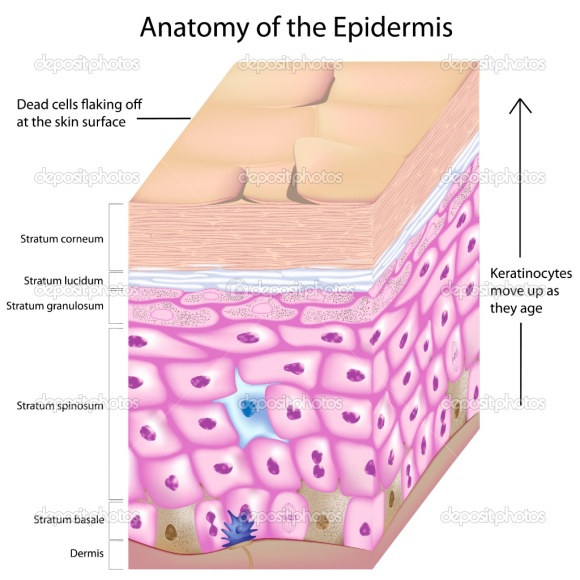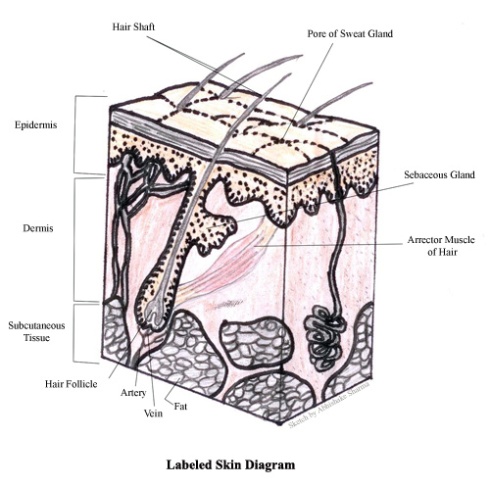Muscle fiber is the term used to collectively describe the many long, multi-nucleated muscle cells, or myofibers, that make up skeletal muscle. Individual muscle fibers are arranged into bundles — termed fascicles — that are then further organized into groups of fascicles, which form the muscle belly. Each level of organization is sheathed in a membrane of connective tissue and is serviced by blood vessels, lymph vessels, and nerves. The individual muscle fibers themselves are often classified as either fast twitch or slow twitch fibers, and most people usually have a predominance of one fiber type, based on both genetics and activity level.
Slow twitch muscle fibers are generally associated with long duration, low intensity activities. This type of muscle fiber is used both for endurance sports, such as marathon running, but also in the daily stability activities of core muscles and similar groups of fibers. Slow twitch fibers generally produce usable energy by way of a method known as oxidative phosphorylation, a highly efficient system that consumes high levels of oxygen. As a result, slow twitch muscle fibers are well-serviced by blood vessels and rich in mitochondria and myoglobin, an oxygen-binding protein similar to hemoglobin. The high concentration of the red-hued myoglobin proteins are responsible for the general term red fibers being used to describe slow twitch fibers.
Fast twitch muscle fiber is normally associated with short, powerful bursts of energy and rapid fatigue. Power lifters, sprinters, and similar athletes tend to develop high proportions of fast twitch muscle fibers. This type of fiber can utilize either oxidative phosphorylation, or the less efficient, but faster glycolysis to liberate energy from nutrient molecules. Most fast twitch muscle fibers contain high levels of stored glycogen to power glycolysis, but have a lower level of mitochondria and myoglobin, as well as a smaller capillary supply. This often leads to the muscle fibers having a lighter color than slow twitch fibers, earning them the name white fibers.
In humans, both types of muscle fibers are usually interspersed within a single muscle, with greater or lesser proportions of each depending on genetic pre-disposition and the function of the muscle. In bird species, however, there is a more orderly division of muscle fiber types. The characteristic white and dark meat in poultry for example, are representative of the different muscle fiber types within the bird.
Athletes looking to build muscle usually tailor their workouts depending on the type of muscle fiber they want to develop. Endurance athletes will typically perform high numbers of repetitions using low resistance to develop the slow twitch fibers, while power athletes and body builders will usually use higher weights for shorter sets, to develop fast twitch fibers. While genetic potential may play a role in muscle fiber distribution, there is a certain amount of plasticity in the ability of muscle fibers to shift roles in response to imposed exercise demand.
The picture above shows the difference in muscle fibers by the way these two look. one is very thin and doesn’t look so strong, when in all actuality he has a lot of muscle, just its white muscle fibers which is why he is a distance runner! the man to the right who looks like a body builder is a sprinter and has built big red muscle fibers that contract quickly!
So now that we know what a muscle fiber really is, time to move to my little project! In order to show my understanding of what a muscle fiber is, I made a model to depict a muscle… although it does have a remarkable resemblance to a stick of dynamite….
Can you see the resemblance??? I guess you can say that muscles are like your bodies “firecrackers!”
Doing this model helped paint the picture of what these little things look like all over your body creating muscles! In all reality it’s just a really big chain of little microfibers grouping together to create every muscle in your body!


















